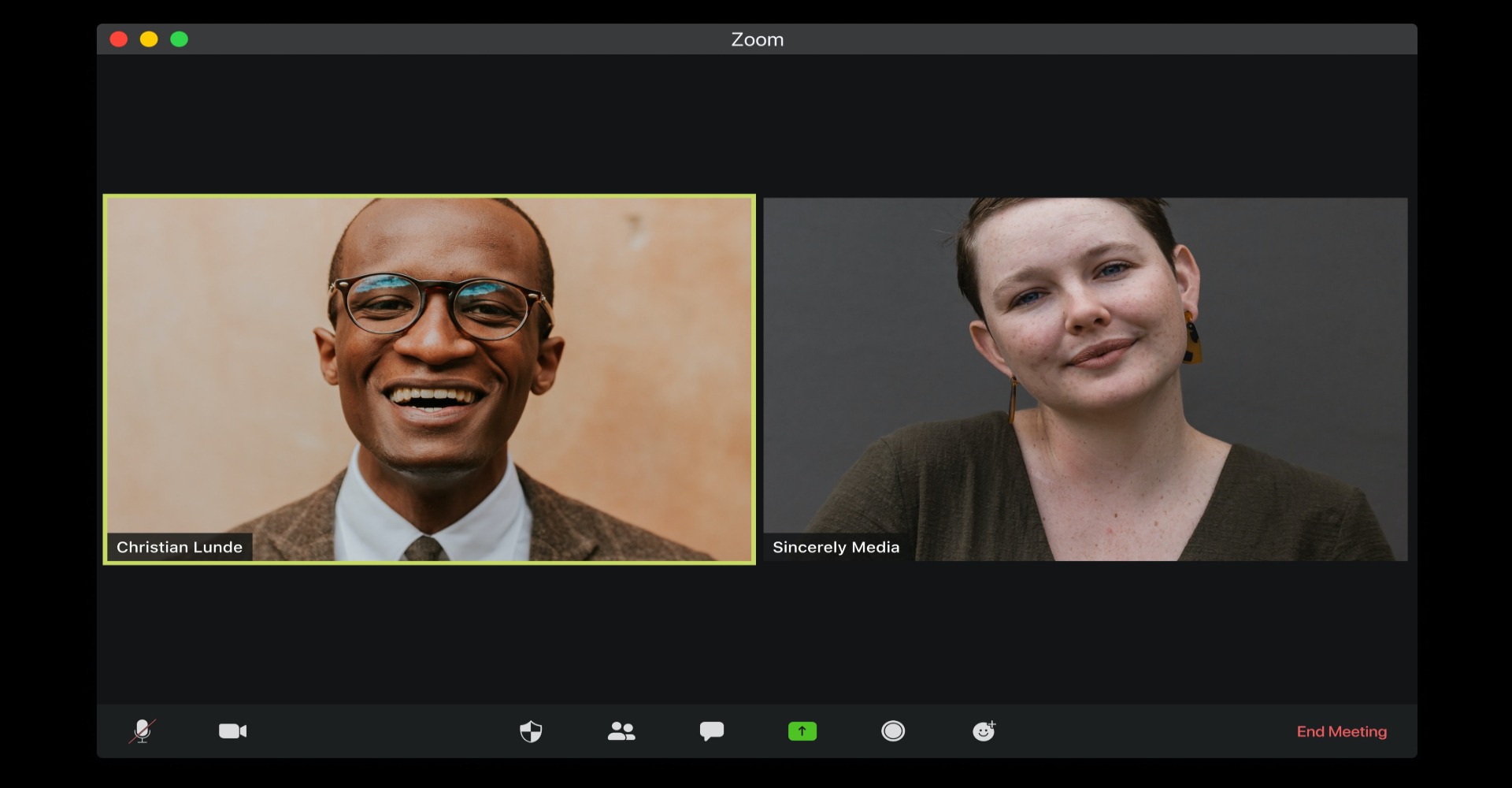
Remote onboarding can save you time and money, and help you avoid a stressful experience with a bad hire.
We’ve all been there. Maybe they oversold their capabilities, or they didn’t completely understand what the job entailed. Maybe they were just difficult to work with. While those reasons are valid, perhaps we should also be asking the question, “How could I have avoided this situation?” or “What could I have done better to detect this issue earlier?”
In this article, we will explore the benefits of remote onboarding and why you should give this step in the hiring process more attention.
What Is Remote Onboarding?
Remote onboarding is the process of familiarizing a remote hire with your company. This process involves acquainting them with company values, policies, culture, products and services, team members, and so on. The point is to provide them with the knowledge, tools, and guidance they need to perform their duties well. Good onboarding aims to seamlessly integrate new members into your existing team so they can effectively connect, contribute, and succeed with your company.
How is Onboarding Beneficial When Hiring?

Remote hiring already poses innate challenges, but proper remote onboarding can prevent a lot of issues and improve your relationship with your remote hires.
Below are a few vital aspects that onboarding can take care of for you.
Introduce Your “What”
You can think of onboarding as a type of orientation. It’s somewhat of a virtual tour of your company. You can familiarize them with your business, including but not limited to your company’s:
- Offered products or services
- Target audience
- Mission, vision, and values
- Rules and policies
- Goals and objectives
Introduce Your “Why”
Sharing company information is more than just giving them a good foundational knowledge of your business and customers. When you let hires get to know the company beyond the job description, you’re giving them an opportunity to understand the “why” of your business.
Let them get to know the face behind the company. Tell them your story and why you are passionate about your company.
The more your workers care about your company, the more they will care about the work they do for you.
Give A Better Understanding of Your Brand
If you’re hiring a web designer or other creative, part of their process requires knowledge of your brand. This includes a good idea of your brand tone, voice, and identity. Onboarding can be a great way to get them familiar with these details.
Set the Tone
Onboarding gives you an opportunity to begin your working relationship on the right foot. This is your opportunity to build rapport and sell yourself as an employer. Working with new people can sometimes be daunting, so be the first to extend hospitality. Show them that you care about the experience they have while working with you. Leave a good impression as an employer and make your hires comfortable and happy to work with you.
Lower Worker Turnover

A good remote onboarding program for new hires can improve retention by over 80%.
Turnover costs money, slows projects down, and delays business growth. If a worker leaves in the middle of a long-term project, you are going to need to invest resources to find someone, hire them, and get them up to speed. While this process takes place, you’re losing revenue potential.
Even if a hire decides to leave after the project is done, you’re still losing out on the long-term value they could have provided for you and your company.
Make Hires Feel Connected
Onboarding provides a smooth transition from hiring to team membership. You can introduce them to the people they will be working with and provide some activities to bond and break the ice.
This can help them feel like they are part of a community instead of just a cog in some machine. When you put effort into making sure they adjust well with your team and business, they will notice this and feel cared for.
Boost Productivity
Onboarding allows you to give a more detailed rundown of the roles and responsibilities associated with the position you are hiring for. This also opens the floor to any questions and clarifications the hire might have about the job.
The more details you can iron out during remote onboarding, the less time is spent going back and forth on something that could have been easily addressed or explained earlier.
Attract More Talent
Your remote onboarding efforts go beyond the person you’re hiring. Of course, you want a talented person to work with you, and you want to retain them after investing in them. However, another benefit of onboarding is getting referrals from the people you’ve hired.
These organic recommendations are good for brand reputation. Not only do you save on hiring and recruitment, you also get introduced to more talented individuals with the same principles who can bring value to your company.
See if it Fits
Part of the remote onboarding process involves getting to know the personality of your hire. Once you’ve explained your company culture, values, goals, etc., you can ask them if this is something they would be interested in being a part of.
You can have the most talented individual. However, if they don’t work well with others or have the same enthusiasm that you do, it will likely cause more trouble down the line.
What Is Discussed During Remote Onboarding?

1. Rate and Schedule
Two of arguably the most important things to discuss during onboarding are how much you are paying hires and what their work schedule will be.
Rate is typically measured either on a per-hour or per-project basis. Some freelancers include their rates on the website or marketplace you hire them on. You can also talk about weekly or monthly rates and discuss the payroll schedule during this meeting.
The work schedule is set by the hiring entity. This is where you discuss the number of hours and even the times of day that you want hires to work. This is especially important if you are hiring someone from a different country who is working in a different time zone. When you need to have meetings, set deadlines, and establish communication norms, you need to be sure that you aren’t waiting for them to be active before you can move business along.
2. Internet, Power and Other Issues
For remote onboarding, future project meetings, updates, general communication, and actual work progress, of course, you need to make sure the person you hire has a strong and stable internet connection, and can manage to work despite power outages. If they live in an area that doesn’t have strong internet speeds or has frequent outages, that may be something you want to consider before hiring.
Power and internet issues happen to all of us. However, if this is something that happens too often, it can slow down work and affect productivity. Any hire in this situation must have a backup system in place so that work is not disrupted.
Additionally, you may need to take into account any cultural or religious holidays that hires celebrate and if these dates will interfere with any deadlines.
3. Culture
Onboarding includes introducing a new hire to an environment with a set of values, beliefs, behaviors, and events. Company culture involves interaction and relationships within the company that can be affected by these elements.
Cooperation and collaboration are essential to business growth, so everyone must be able to adjust to the culture. Some companies have online game days, icebreakers, open forums, temperature checks, and other events to facilitate rapport and a healthy working environment.
Good onboarding aims not only to educate on best company practices and behaviors, but also strives to make hires feel like they are connected to a community.
If you want to learn more about building a remote work culture, we’ve got you covered with our 4-step guide.
4. Communication
Remote communication can pose a lot of challenges. You need to schedule meetings and updates, and make sure you have a place where you can talk with your team effectively.
Miscommunication can derail projects in so many ways, so getting this detail ironed out as soon as possible should be a priority. Do you have a preferred channel, application, or platform you use for internal communication? If you do, let your hire know and ask if they are familiar with it. If they aren’t, letting them know this detail early allows them to both download the application and learn the ins and outs of how it works before they are expected to actually start using it.
Should I Take Previously Hired VAs Through Remote Onboarding?

You might want to take older hires through remote onboarding for a few reasons.
First, say you are a company that hasn’t developed an in-depth onboarding process until recently. Re-onboarding previous hires is a great way to align them with any newly established company policies, goals, and objectives.
Second, we mentioned that onboarding is a means of getting hires interested in the “why” of your business. For those who have worked with you for some time, it might be beneficial to revisit your goals and objectives and spark some passion.
Third, new hires and old hires may have different tenure, roles, responsibilities, etc. However, they should still operate under the same company culture and policies. Re-onboarding gives you the opportunity to organize and standardize certain processes and interactions. This is one step closer to creating a unified team, remote or otherwise.
Conclusion
Building a strong hybrid team that works well together to achieve business objectives begins with a good remote onboarding foundation. Never lose money due to a bad hire again, and nurture healthy worker relationships for higher worker lifetime value.


